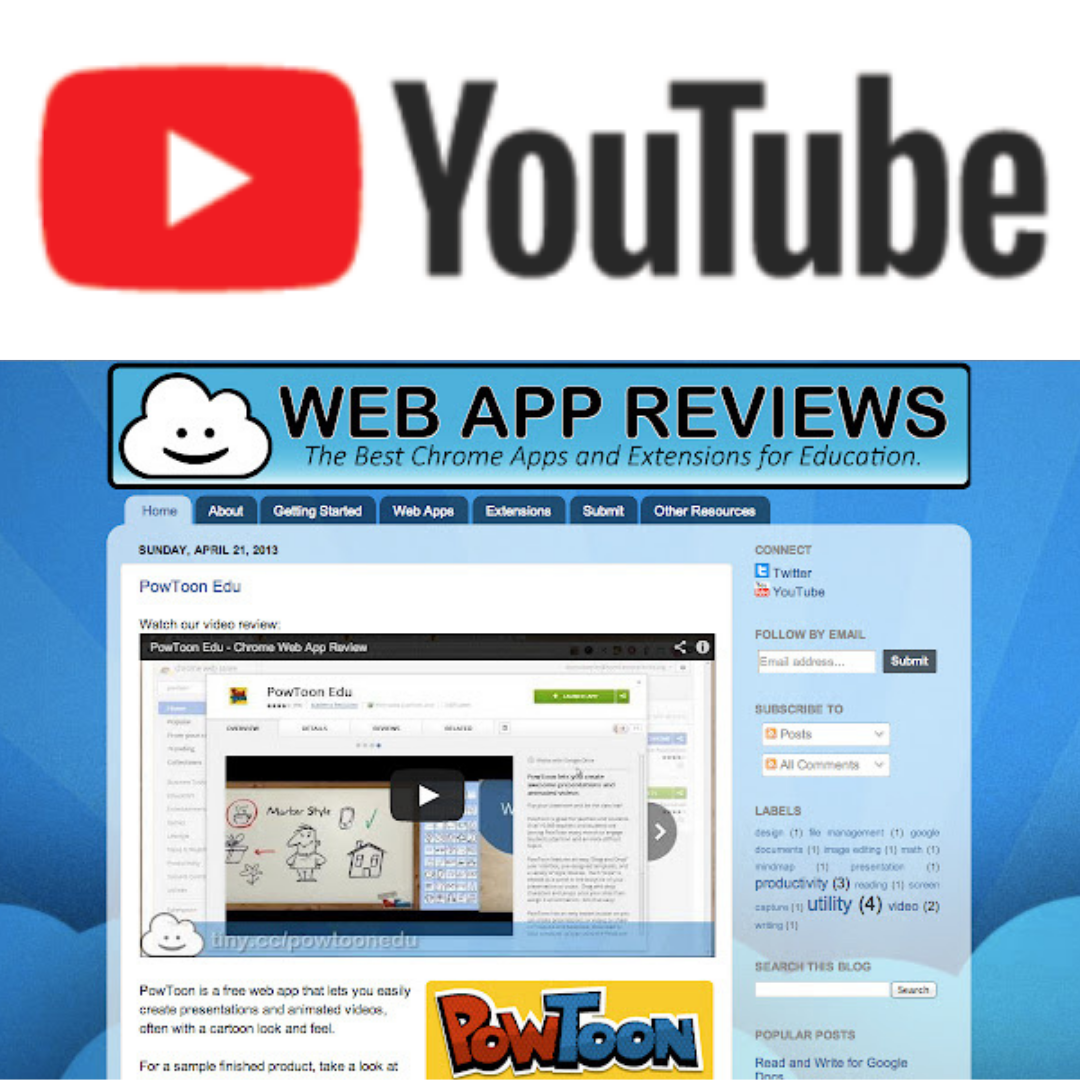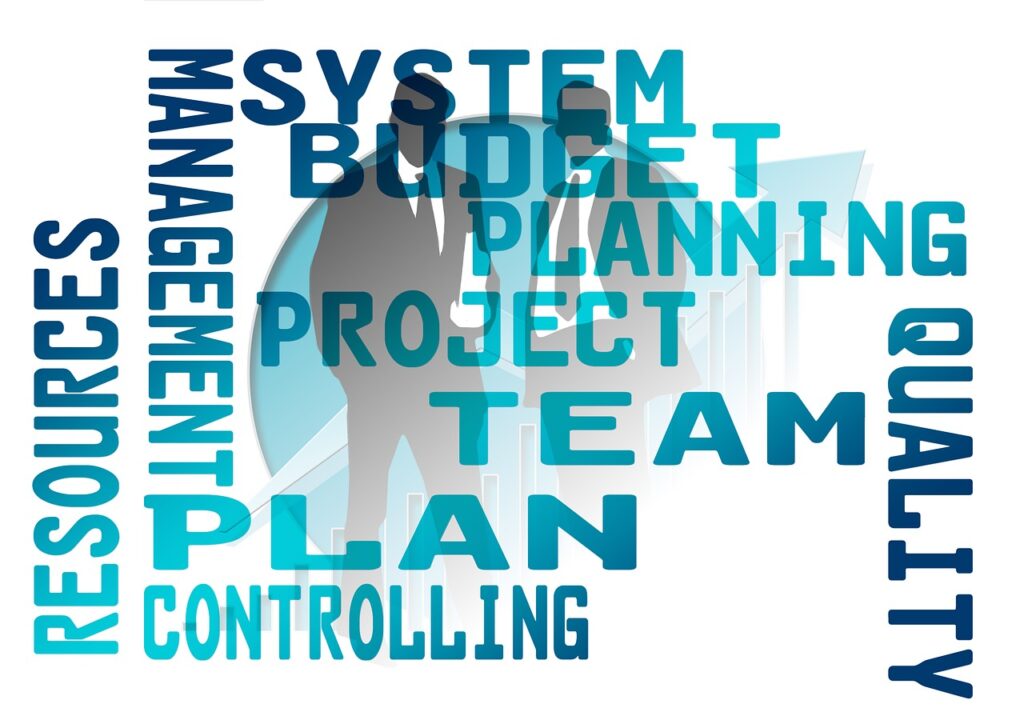Project Opportunities
Amazing Project Opportunities For You
This page is dedicated to Project opportunitiies where Project opportunities are recommended that will help you in your online business. It is through these Project opportunities and investment in a recommended product that your business will improve and your profits become greater.
You can change your life by taking action today and following through with your decision for three weeks to form a habit and stick to it for 10,000 hours by consistently taking action which will move you to a place you have never been before called success.

Product Opportunities
Check out all kinds of helpful Internet Marketing product opportunities that may help you reach your goals if you are ready to put in thrtunitiee work to get there. You have to be certain about what you want if you want to get success in anything. Uncertainty leads to failure period so get certain in the way you want to go.
Certainty is the way of success while uncertainty is the way of failure so be certain about what you want if you want success.

Online Course Opportunities
Check out online courses that will train you to succeed online but only if you are consistent in applying what is taught in the courses provided. Be consistent and persitent until you learn how to do what is taught. This will take approximately 21 days and then it will be a habit.
Don't wavier or doubt but make a certain decision and don't quit until that decision gives you what you want success.
How to Create a Project Review
Creating a project review involves evaluating the performance and outcomes of a project to understand what went well, what didn’t, and how future projects can be improved. Here are the steps to create a comprehensive project review:
1. Preparation
Define Objectives: Clearly outline the purpose of the project review. Are you looking to evaluate the project’s success, identify areas for improvement, or both?
Gather Documentation: Collect all relevant project documents, including the project plan, timelines, budgets, reports, and any other pertinent information.
Involve Stakeholders: Identify and invite key stakeholders, including team members, clients, and sponsors, to provide their input and feedback.
2. Project Overview
Project Summary: Provide a brief overview of the project, including its goals, scope, and objectives.
Timeline: Outline the project’s timeline, highlighting major milestones and deliverables.
Budget: Summarize the project’s budget and financial performance, including any variances.
3. Performance Analysis
Goals and Objectives: Evaluate whether the project met its goals and objectives. Were the deliverables completed on time and within scope?
Quality of Work: Assess the quality of the project outputs. Did they meet the required standards and stakeholder expectations?
Budget Management: Analyze the budget performance. Were the costs within the projected budget? If not, why?
Time Management: Review the project timeline. Were milestones and deadlines met? Identify any delays and their causes.
4. Risk and Issue Management
Risk Assessment: Identify the risks that were encountered during the project. How were they managed? Were the risk management strategies effective?
Issue Resolution: Document any significant issues that arose and how they were resolved. What impact did these issues have on the project?
5. Stakeholder Feedback
Client Feedback: Collect feedback from clients or end-users regarding their satisfaction with the project outcomes.
Team Feedback: Gather input from the project team on what worked well and what could be improved. Use surveys or interviews to get detailed responses.
Sponsor Feedback: Obtain feedback from project sponsors regarding the project’s alignment with business objectives and their overall satisfaction.
6. Lessons Learned
Successes: Identify what went well in the project. Highlight best practices and strategies that contributed to the project’s success.
Challenges: Discuss the challenges and obstacles faced during the project. What were the root causes, and how were they addressed?
Improvements: Suggest improvements for future projects. How can similar challenges be avoided or mitigated in the future?
7. Actionable Recommendations
Process Improvements: Recommend specific process improvements based on the lessons learned. How can project management processes be enhanced?
Training and Development: Identify any training or development needs for the project team to improve their skills and performance.
Tools and Resources: Suggest any tools or resources that could have helped the project run more smoothly.
8. Conclusion
Summary: Provide a brief summary of the key findings from the project review.
Final Thoughts: Offer any final thoughts or reflections on the project. Emphasize the positive outcomes and the potential for improvement in future projects.
9. Documentation and Distribution
Compile Report: Organize all the information into a comprehensive project review report. Include an executive summary for quick reference.
Distribute Report: Share the report with all relevant stakeholders. Ensure that everyone who contributed to the project has access to the review.
Tips for Effective Project Reviews
Be Objective: Maintain objectivity when evaluating the project’s performance. Focus on facts and evidence rather than personal opinions.
Encourage Participation: Foster an open and collaborative environment where all stakeholders feel comfortable sharing their honest feedback.
Continuous Improvement: Use the project review as an opportunity for continuous improvement. Apply the lessons learned to future projects to enhance performance and outcomes.
Follow-Up: Schedule follow-up meetings or reviews to discuss the implementation of the recommendations and monitor progress.
By following these steps and best practices, you can create a thorough and effective project review that provides valuable insights and drives future project success.

Web App Opportunities
Check out Webb Apps that will systematize your work by making it easier. This happens because the app is going to help you by doing some of the mundane work for you so you can do more important things. This is the purpose and reason for a great app to lighten the work load.
The certain way is the only way forward because without it, it leads to doubt, confusion and disbelief.

Other Opportunities
Checkout Other Reviews abut things that maybe related to internet markeeting in the form of tools needed or new tools that improve ypour performance so you can get more done in a day. Become more productive through Other Reviews.
The way forward is to be certain in the way you can improve your productivity so you can get more done in a day.
Opportunity Reviews - 7 Things to Include in Your Review
Creating an effective opportunity review requires a thorough analysis and presentation of the potential benefits, risks, and overall feasibility of a business or investment opportunity. Here are seven essential elements to include in your opportunity review:
1. Executive Summary
Overview: Provide a brief summary of the opportunity, including the key points of your analysis.
Objectives: Clearly state the goals and objectives of the review.
Recommendation: Give a concise recommendation based on your findings, highlighting whether the opportunity is worth pursuing and why.
2. Market Analysis
Industry Overview: Describe the industry or market relevant to the opportunity, including size, growth trends, and key drivers.
Target Audience: Identify and profile the target market or customer segments. Include demographics, psychographics, and buying behavior.
Competitive Landscape: Analyze the competition. Identify key competitors, their strengths and weaknesses, market share, and unique selling propositions (USPs).
3. Value Proposition
Unique Selling Points: Highlight what makes this opportunity unique and valuable. Explain the value proposition and how it addresses a gap or need in the market.
Customer Benefits: Clearly outline the benefits for potential customers or users. Describe how this opportunity will solve their problems or improve their situation.
4. Feasibility Study
Technical Feasibility: Assess the technical aspects of the opportunity. Discuss required technology, infrastructure, and any potential technical challenges.
Operational Feasibility: Evaluate the operational requirements. Consider the resources, processes, and capabilities needed to implement the opportunity.
Financial Feasibility: Provide a financial analysis. Include estimated costs, projected revenues, profitability, and return on investment (ROI).
5. Risk Assessment
Identify Risks: List potential risks associated with the opportunity. These could include market risks, financial risks, operational risks, and regulatory risks.
Mitigation Strategies: Suggest strategies to mitigate identified risks. Discuss contingency plans and risk management approaches.
Impact Analysis: Assess the potential impact of each risk on the opportunity’s success and how it can be managed.
6. Implementation Plan
Timeline: Outline a timeline for implementation, including key milestones and deadlines.
Resource Allocation: Identify the resources needed for implementation, such as personnel, technology, and capital.
Action Steps: Provide a detailed plan of action, listing specific steps required to bring the opportunity to fruition.
7. SWOT Analysis
Strengths: Highlight the internal strengths of the opportunity, such as strong brand, proprietary technology, or experienced team.
Weaknesses: Discuss the internal weaknesses or limitations, like limited resources or gaps in expertise.
Opportunities: Identify external opportunities that can be leveraged for success, such as market growth, new technologies, or regulatory changes.
Threats: Outline external threats that could impact the opportunity’s success, including economic downturns, increased competition, or changing consumer preferences.
Conclusion
Summarize the key findings from your opportunity review, restating the most critical points and your overall recommendation. Emphasize the potential benefits and how the identified risks can be mitigated. This comprehensive approach ensures that decision-makers have all the necessary information to make an informed decision about pursuing the opportunity.
By including these seven elements in your opportunity review, you can provide a clear, thorough, and compelling analysis that aids decision-making and highlights the potential value and feasibility of the opportunity.
Are You Ready For Opportunity?
If you are ready for an opportunity which means you are looking to ACT Now then you are in the right place to find something that resonates with you so you can decide to ACT NOW.




